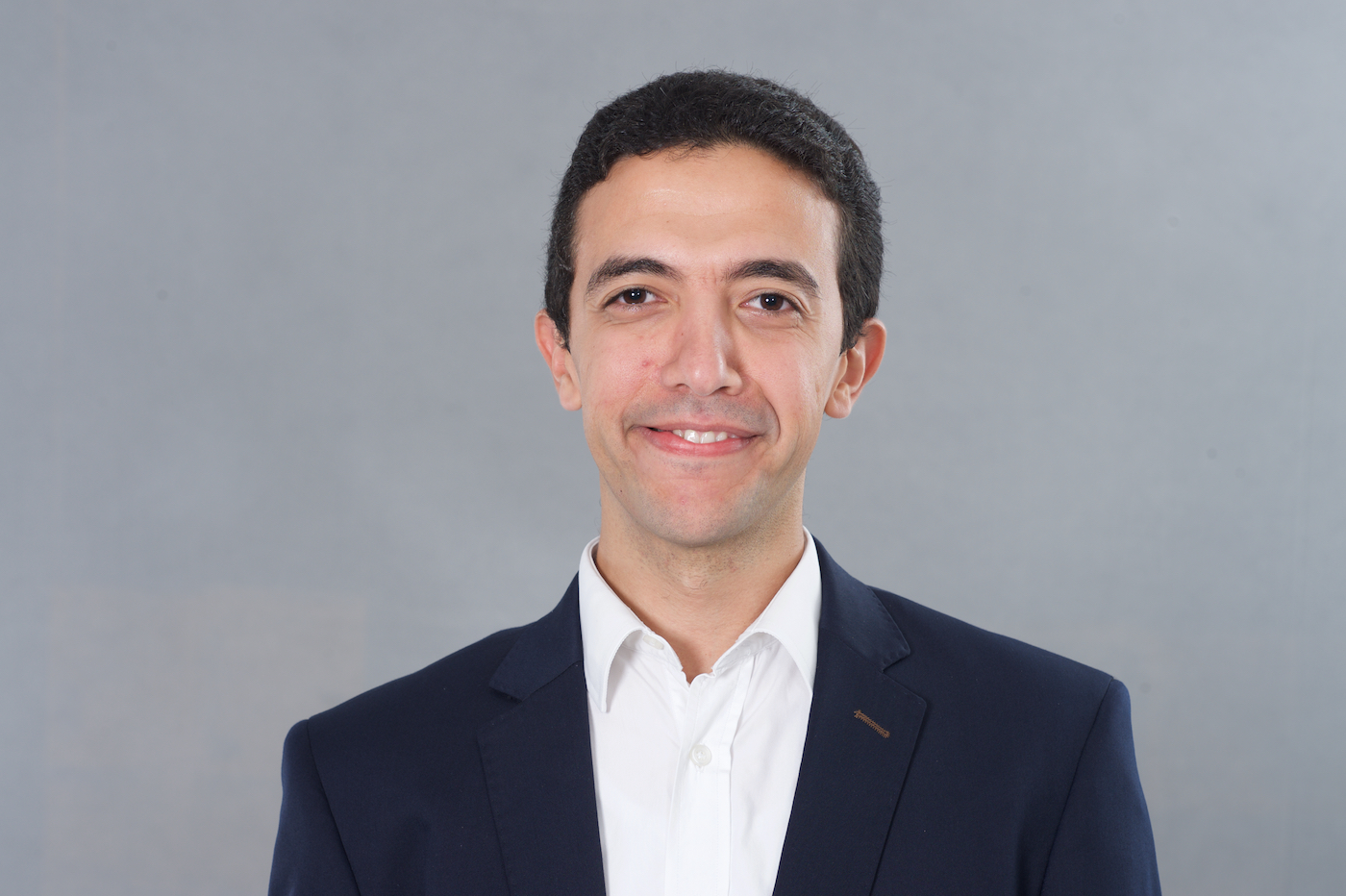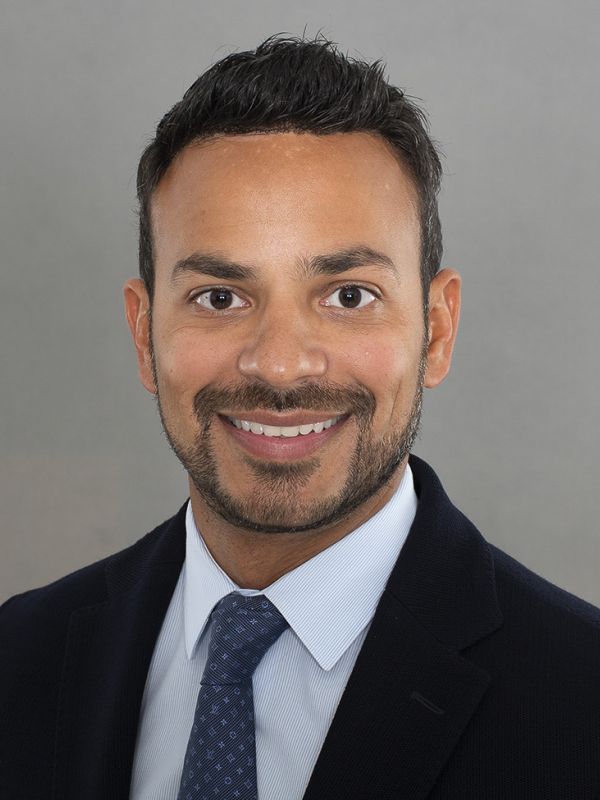Other
(TC18) Partial Lesion Removal to Preserve the Vitality of Adjacent Teeth in Endodontic Microsurgery

Islam A. A. Ali, B.D.S., M.D.S., Ph.D.
Resident
University of the Pacific Arthur A. Dugoni School of Dentistry
San Francisco, California, United States
Adham A. Azim, D.D.S., B.D.S.
Associate Professor / Department Chair
University of the Pacific Arthur A. Dugoni School of Dentistry
SF, California, United States
Presenter(s)
Co-Author(s)
Endodontic microsurgery (EMS) is a viable treatment option to manage persistent apical periodontitis. Classically, curettage of the entire lesion followed by root-end preparation and filling is recommended to address the source of infection, thus establishing an environment conducive to periradicular healing. However, complete lesion curettage might be accompanied by the inherent risk of devitalizing the adjacent teeth encompassed by the lesion’s extension. Partial curettage in such cases may allow addressing the diseased tooth and avoid devitalization of the adjacent healthy teeth. However, it remains not fully understood whether selective curettage can impede periapical healing, whether the adjacent healthy teeth retain their vitality on the longer-term, and whether the use of bone graft for guided tissue regeneration (GTR) can be performed when part of the lesion is still present.
In this table clinic, we present a series of cases in which partial lesion removal was performed. During the surgical procedures, lesion surrounding the affected tooth with persistent AP was curetted, while the lesion in close proximity to the neighboring vital teeth was left unremoved. Root-end staining, preparation, filling, flap reposition, and suturing were then performed with or without GTR. The cases were followed-up to evaluate the healing outcome showing disease resolution and maintaining the vitality of the adjacent teeth. Partial lesion removal can preserve the vitality of adjacent teeth which might be inadvertently devitalized by curettage of the entire lesion.

.png)
.png)
.png)
.png)